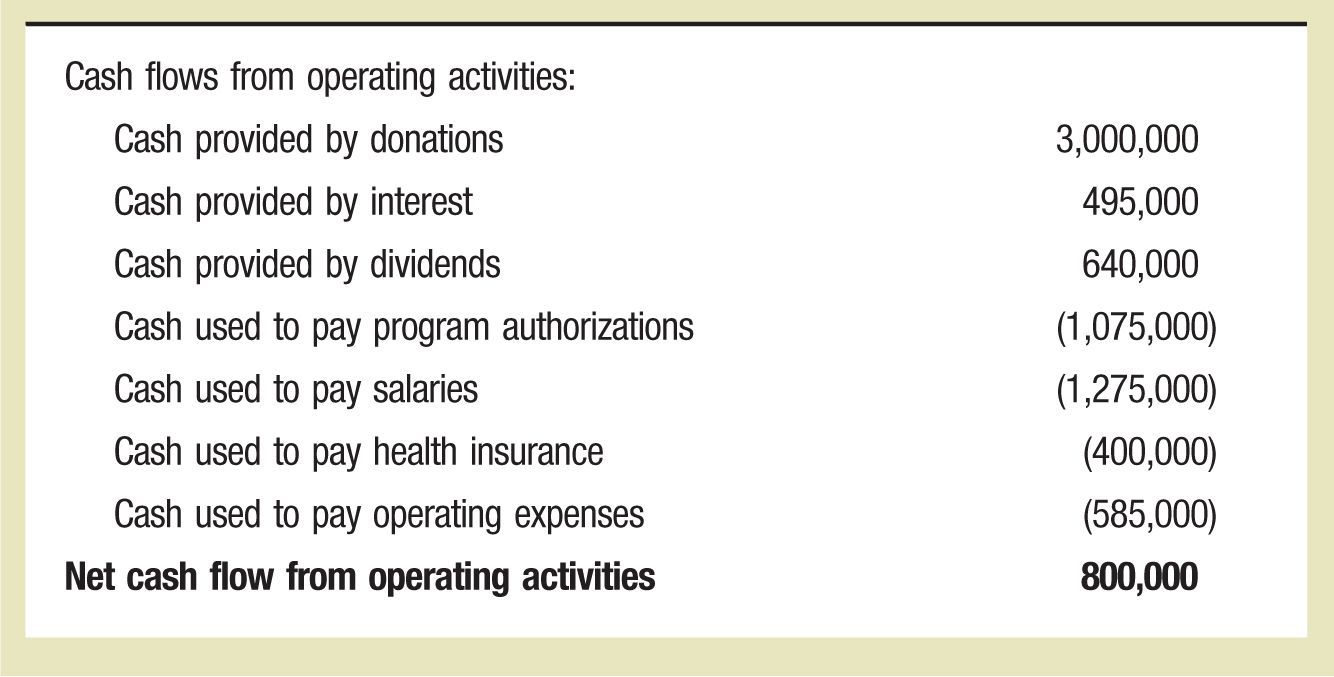Home>Finance>Investment Advisers Act Of 1940 Definition, Overview


Finance
Investment Advisers Act Of 1940 Definition, Overview
Published: December 12, 2023
Learn about the Investment Advisers Act of 1940 and its definition in the world of finance. Gain a comprehensive overview of this important legislation.
(Many of the links in this article redirect to a specific reviewed product. Your purchase of these products through affiliate links helps to generate commission for LiveWell, at no extra cost. Learn more)
The Investment Advisers Act of 1940: A Complete Overview
Welcome to our finance blog, where we explore essential topics in the world of money, investing, and wealth management. In this post, we delve into the Investment Advisers Act of 1940, a pivotal piece of legislation that has shaped the financial landscape for over 80 years. Whether you’re a seasoned investor or new to the world of finance, understanding this act is crucial in navigating the complex realm of investment advice and protection. So let’s dive in!
Key Takeaways:
- The Investment Advisers Act of 1940 was enacted to protect investors and define the regulatory framework for those providing investment advice.
- Investment advisers who meet certain thresholds are generally required to register with the Securities and Exchange Commission (SEC) or relevant state authorities.
What is the Investment Advisers Act of 1940?
The Investment Advisers Act of 1940 is a federal law that regulates individuals or firms that provide investment advice for compensation in the United States. Its primary goal is to protect investors and establish a clear regulatory framework for those offering investment advice. The act is enforced by the Securities and Exchange Commission (SEC) and applies to both registered and unregistered investment advisers.
Under this act, any person or company that meets the definition of an investment adviser is required to register, unless they qualify for an exemption. The registration process involves providing detailed information regarding the adviser’s business, owners, employees, compensation structure, investment strategies, and potential conflicts of interest. This transparency allows the SEC and state authorities to monitor advisers and ensure they fulfill their fiduciary duty towards clients.
Why was the Investment Advisers Act of 1940 enacted?
Prior to the Investment Advisers Act of 1940, there was a lack of comprehensive regulation in the investment advisory industry. This left investors vulnerable to fraudulent practices and unethical behavior by certain unscrupulous advisers. The act was initiated as a response to these concerns, aiming to protect investors and maintain the integrity of the financial markets.
The act established a fiduciary duty for investment advisers, requiring them to act in the best interests of their clients. This means that advisers must prioritize the clients’ objectives and make recommendations solely based on their financial needs and risk appetite.
How does the Investment Advisers Act of 1940 impact investors?
For investors, the Investment Advisers Act of 1940 provides essential safeguards and helps them make informed decisions when seeking professional investment advice. Here are some ways the act impacts investors:
- Protection against fraud: The act requires investment advisers to operate with honesty, integrity, and transparency, reducing the risk of fraudulent activities.
- Fiduciary duty: Investment advisers must act in their clients’ best interests, ensuring recommendations are aligned with their specific financial goals and risk tolerance.
- Disclosure of conflicts of interest: Advisers are required to disclose any potential conflicts of interest that may impede their ability to act in the clients’ best interests.
- Operational compliance: The act sets compliance standards for investment advisers, promoting operational integrity and professionalism.
By understanding the protections afforded by the Investment Advisers Act of 1940, investors can feel more confident when seeking advice from registered investment advisers. It fosters an environment where investors can make informed decisions, knowing that their interests are being prioritized.
In Conclusion
The Investment Advisers Act of 1940 is a vital piece of legislation that safeguards investors and ensures the integrity of the investment advisory industry. Its enforcement by the SEC and state authorities provides protection against fraud and establishes a fiduciary duty for investment advisers. Understanding the impact of this act empowers investors to make informed decisions and engage with trusted advisers who prioritize their financial well-being.














